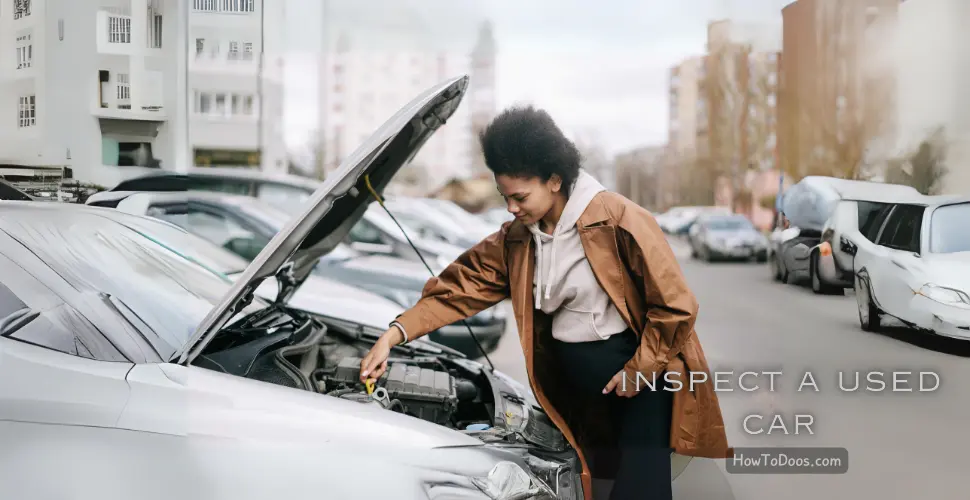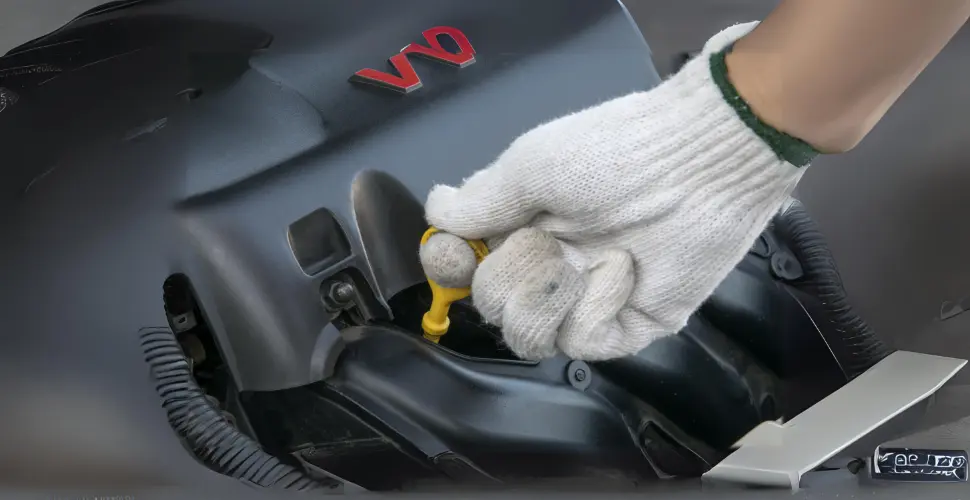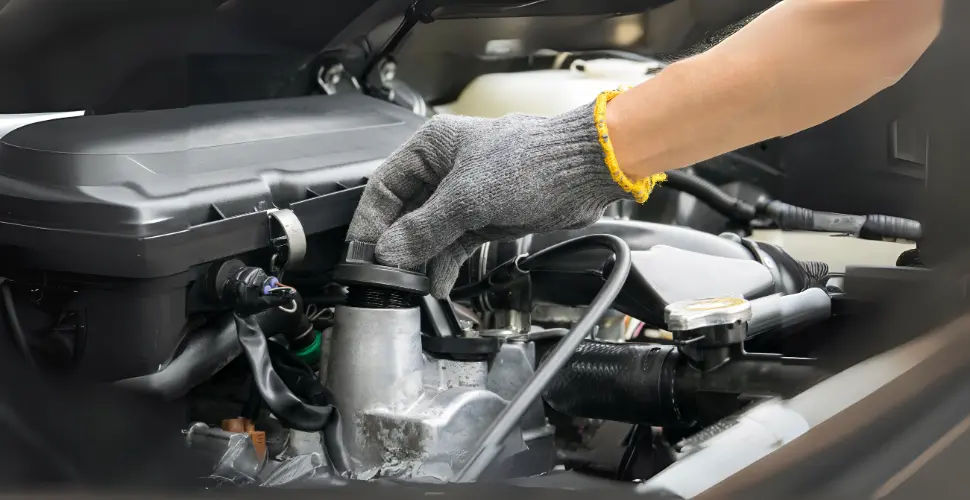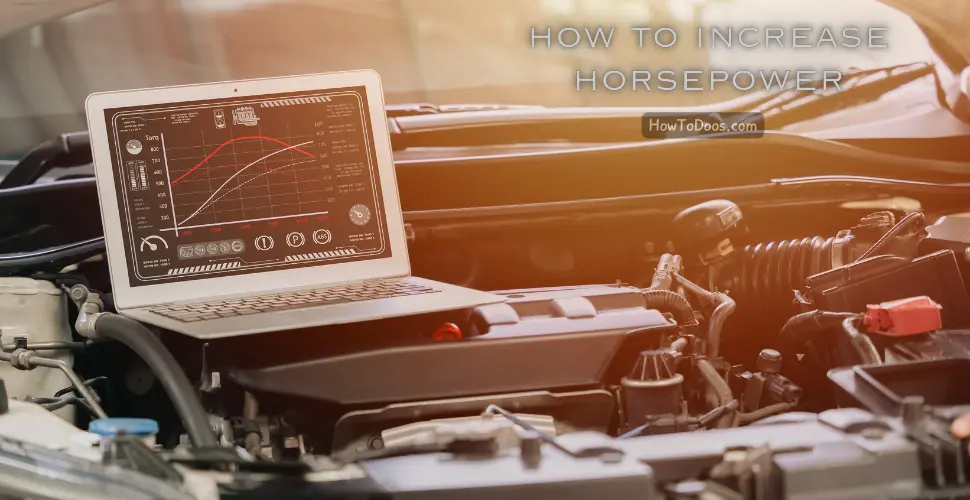How to Inspect a Used Car – A Comprehensive Guide
-
 Jessica Williams
Jessica Williams - 24 Jul, 2024

Purchasing a used car can be a smart investment if you know how to inspect it properly. This guide will walk you through the essential steps to take when inspecting a used car to ensure you’re making a wise purchase.

Why Inspect a Used Car?
- Avoid Costly Repairs: Identify potential issues before they become expensive problems.
- Ensure Safety: Make sure the car is safe to drive.
- Get Value for Money: Confirm that the car is worth the asking price.
Preliminary Checks
Research the Model
Before you even look at the car, research the make and model. Look for common issues, recall notices, and general reliability.
Check the Vehicle History Report
Get a vehicle history report from a service like Carfax or AutoCheck. This report can reveal:
- Previous accidents
- Title issues
- Service history
- Odometer readings
Exterior Inspection
Body Condition
- Look for Rust and Damage: Check for rust spots, dents, and scratches. Pay special attention to the lower part of the car, wheel wells, and undercarriage.
- Check for Paint Consistency: Inconsistent paint might indicate a past accident.
Tires
- Tread Depth: Use a penny to check the tread depth. If you can see the top of Lincoln’s head, the tires need replacing.
- Uniform Wear: Uneven wear might indicate alignment issues.
Lights and Signals
- Test All Lights: Ensure headlights, brake lights, turn signals, and reverse lights are functioning properly.
Windows and Mirrors
- Check for Cracks and Chips: Inspect all windows and mirrors for damage.
- Test Power Windows: If equipped, make sure power windows operate smoothly.
Interior Inspection

Seats and Upholstery
- Check for Wear and Tear: Look for any rips, stains, or excessive wear.
- Test Seat Adjustments: Make sure all seat adjustments work correctly.
Dashboard and Controls
- Check Warning Lights: Turn the ignition to the “on” position without starting the car. All warning lights should illuminate briefly.
- Test Controls: Ensure all controls (AC, heater, radio, etc.) function properly.
Odometer
- Verify Mileage: Compare the odometer reading with the vehicle history report.
Under the Hood
Fluids
- Check Oil Level and Condition: The oil should be between the two marks on the dipstick and should not look dirty or smell burnt.
- Inspect Coolant, Brake, and Transmission Fluids: Ensure these fluids are at proper levels and are not dirty or leaking.
Belts and Hoses
- Check for Cracks and Wear: Inspect all belts and hoses for signs of aging or damage.
Battery
- Check for Corrosion: Look for any corrosion on the battery terminals.
- Test the Battery: If possible, test the battery to ensure it’s holding a charge.
Under the Car
Leaks
- Look for Fluid Leaks: Check for any fluid leaks under the car.
Suspension
- Check for Wear: Inspect shocks and struts for any signs of wear or damage.
Test Drive
Starting the Car
- Listen for Noises: Listen for any unusual noises when starting the car.
- Check for Smooth Start: The car should start smoothly without excessive cranking.
Brakes
- Test Brake Function: Ensure the brakes stop the car smoothly and without any noise.
- Check for Vibrations: Feel for any vibrations in the brake pedal.
Steering
- Check for Play: The steering should not have excessive play or feel too loose.
- Test Alignment: The car should drive straight without pulling to one side.
Acceleration and Handling
- Test Acceleration: The car should accelerate smoothly without hesitation.
- Check for Unusual Noises: Listen for any unusual noises during acceleration or while driving.
Professional Inspection
If you’re not confident in your ability to inspect the car thoroughly, consider getting a professional inspection. A mechanic can identify issues you might miss and provide an expert opinion.

Summary
Inspecting a used car is crucial to ensure you’re making a wise investment. By following this comprehensive guide, you can identify potential issues, ensure safety, and get the best value for your money. Remember, it’s always better to walk away from a deal if something doesn’t seem right.


